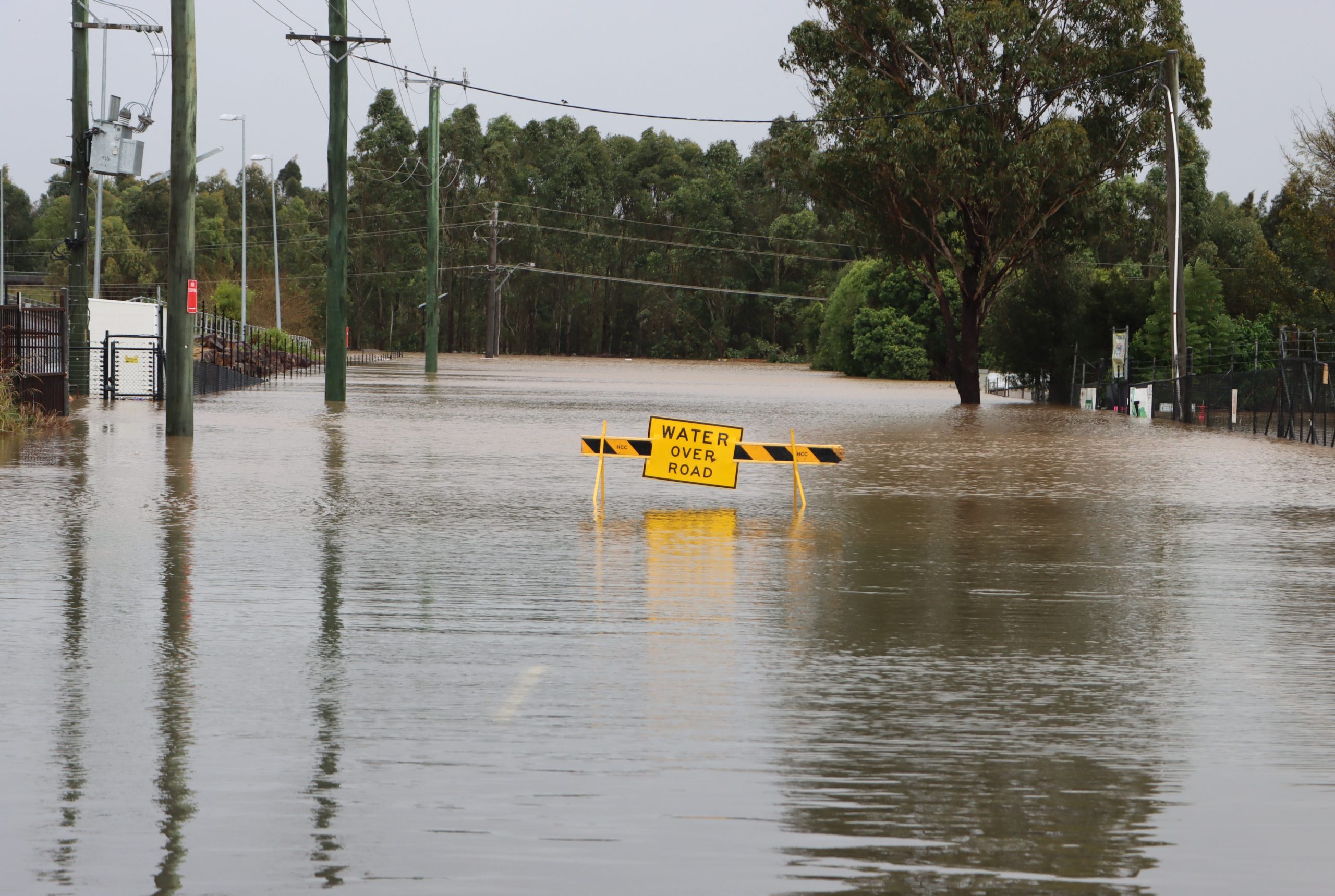
Flood Damage
The private insurance market has historically deemed flood as an uninsurable risk due to its extreme exposure and risk. In 1968, the National Flood Insurance Program (NFIP) was established by the federal government to provide flood insurance to residents and commercial property owners. Nowadays, most flood insurance policies are sold by private insurers. It is important to note that your standard property insurance policy does not cover flood damage and a separate policy must be purchased from a private insurer. The private insurance carrier will pay out the claim, but ultimately the U.S. Government will reimburse the carrier for the amount paid, plus a service fee.
Filing a flood claim can be complicated due to the numerous issues involved in the NFIP program. One of the challenges is the definition of “flood” under the NFIP. To qualify as a “flood,” there must be an overflow of inland or tidal waters, an unusual and rapid accumulation or run-off of surface waters, or mudflow that results in partial or complete inundation of two or more areas of normally dry land or properties. Flood damage can result from various sources, including heavy rains, overflowing rivers, thawing snow, flash flooding, and hurricane storm surges. Proving the damages and supporting the claim can require expert analysis due to the complex nature of flood damage.
Approach and Recommendations
If you experience flood damage and need to hire a water restoration dry-out company, it is essential to understand the rules set forth by FEMA and the National Flood Insurance Program to avoid being stuck with a huge bill or a lien on your property. The restrictions have become even more stringent since Superstorm Sandy, and the FEMA Structural Drying Guidelines should be followed closely.
Is water seeping through the exterior of my home considered flood loss?
No, unless the NFIP definition of a flood is met.
How are flood damages usually valued?
There are 2 types of valuations: Replacement Cost Value (RCV) or Actual Cash Value (ACV)
Replacement Cost Value (RCV) represents the cost to replace that part of a building that is damaged (without depreciation). To be eligible, three conditions must be met:
1. The building must be a single-family dwelling, and
2. Be your principal residence, meaning you live there at least 80 percent of the year, and
3. Your building coverage is at least 80 percent of the full replacement cost of the building or is the maximum available for the property under the NFIP.
Actual Cash Value (ACV) represents the Replacement Cost Value at the time of loss, less the value of its physical depreciation. Some building items such as carpeting are always adjusted on an ACV basis. For example, wall-to-wall carpeting could lose between 10–14 percent of its value each year, depending on the quality of the carpeting. This depreciation would be factored into the adjustment. Personal property is always valued at ACV.

